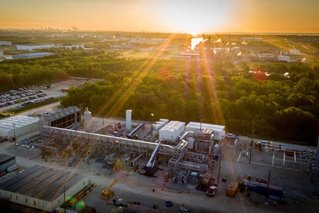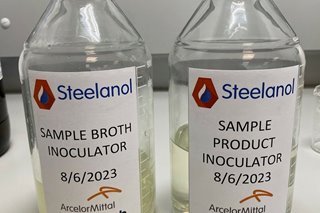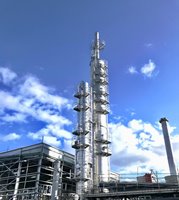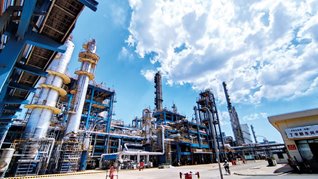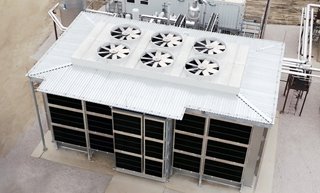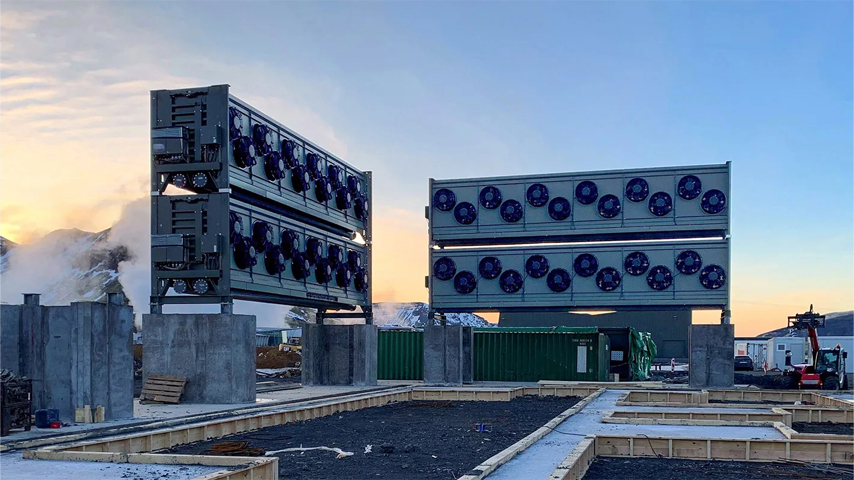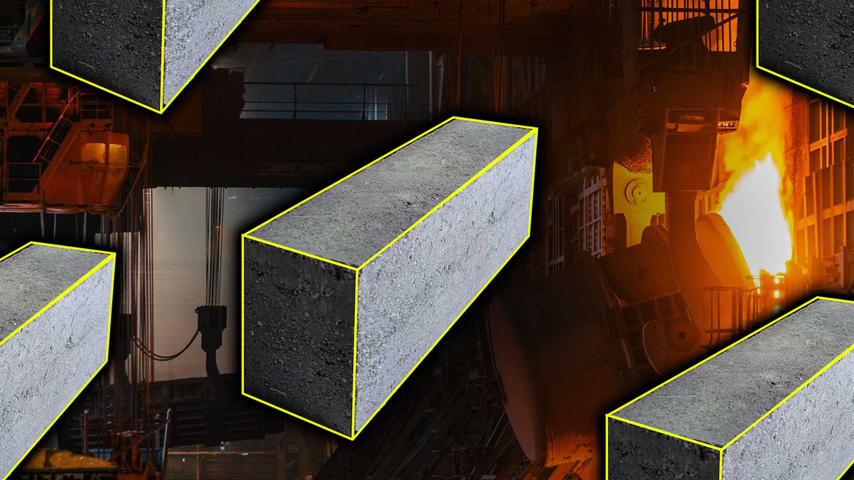Carbon Capture Projects Happening Right Now
Carbon Capture Projects Happening Right Now


It’s a leading-edge technology that some experts believe could save the planet. See where carbon is being pulled out of energy and industrial processes.
With the large number of carbon emitting power plants, vehicles, and industrial facilities that exist today, it is unlikely that the global economy will achieve zero net carbon emissions anytime soon. That’s why many experts believe the most important technologies for avoiding a catastrophic level of carbon dioxide in the atmosphere are those that can either pull CO2 out of industrial exhaust streams or from the atmosphere itself. Once captured, this carbon could either be used to make new products or injected deep underground for storage.
The concept of carbon capture, utilization, and storage (CCUS) isn’t new, and the petroleum industry already has been using carbon dioxide pulled from downstream operations to increase the pressure of oil wells for decades. But to meet the scale needed to slow the rise of CO2 in the atmosphere or even reduce it, CCUS technologies need to be developed for other industries.
The International Energy Agency published a report on CCUS in July 2023 that spotlighted demonstrations of what it called “promising technological innovations” in the field. “Since January 2022, project developers have announced ambitions for around 50 new capture facilities to be operating by 2030,” the IEA reported, “capturing around 125 million tons of CO2 per year.”
Here are five that are already up and running.
Jeffrey Winters is editor in chief of Mechanical Engineering magazine.
The concept of carbon capture, utilization, and storage (CCUS) isn’t new, and the petroleum industry already has been using carbon dioxide pulled from downstream operations to increase the pressure of oil wells for decades. But to meet the scale needed to slow the rise of CO2 in the atmosphere or even reduce it, CCUS technologies need to be developed for other industries.
The International Energy Agency published a report on CCUS in July 2023 that spotlighted demonstrations of what it called “promising technological innovations” in the field. “Since January 2022, project developers have announced ambitions for around 50 new capture facilities to be operating by 2030,” the IEA reported, “capturing around 125 million tons of CO2 per year.”
Here are five that are already up and running.
NET Power, Laporte, Texas
Commissioned in 2018, the natural gas-fired power plant uses carbon dioxide as a working fluid in an supercritical CO2 power cycle that burns gas in a pure oxygen environment. This process produces a stream of pure CO2, which could significantly reduce capture costs over alternatives that include atmospheric nitrogen and other gases in the exhaust stream. The 50-MW plant has been synchronized to the grid since 2021 and a full-scale project, capable of capturing around 860,000 tons of CO2 a year, is scheduled to be operational by 2026.ArcelorMittal Steelanol Project, Ghent, Belgium
The steelmaking giant ArcelorMittal unveiled its €200 million Steelanol project in December 2022. The system, located in a steel mill, uses biocatalysts to transform carbon-rich waste gases from the steelmaking process and from waste biomass into ethanol. Alcohol is a valuable building block for many chemical processes. Once production reaches full capacity, the Steelanol project will produce 80 million liters of ethanol and reduce carbon emissions from the Ghent plant by 125,000 metric tons per year.Tata Chemicals Europe Northwich (U.K.) Plant
A chemical plant that produces sodium carbonate, salt, and sodium bicarbonate has been retrofitted to include a carbon-dioxide capture system that can pull up to 40,000 metric tons of CO2 from the exhaust stream each year. The system takes flue gas from the plant’s 400-MW (heat), 96-MW (electricity) gas-fired combined heat and power system, and then purifies and liquifies the CO2 from the exhaust stream. The plant uses carbon dioxide in the manufacture of sodium bicarbonate. The company expects to apply the process to similar chemical plants it operates.Sinopec’s CCUS Project, Dongying, China
Using carbon dioxide to enhance oilfield production has a long history, but the project on the shore of the Bohai Sea in Eastern China is notable—and not only for its size. The project incorporates multiple parts of the energy supply chain. Sinopec built a liquid carbon dioxide recovery and utilization system that includes a compression unit, a refrigeration unit, a liquefaction refining unit, and supporting facilities to recover carbon dioxide from the tail gas of coal-to-hydrogen plant with a purification rate of over 99 percent. The system can capture as much as 1 million tons of CO2 per year. Pipelines carry the gas to nearby Shengli oilfields for injection.Global Thermostat, Brighton, Colorado
The unit Global Thermostat unveiled in April 2023 was small by the standards of the other facilities on this list—only 1,000 tons of carbon dioxide per year—but it points to the future of CCUS. The machine is a direct air capture unit, which uses fans to draw in air from the atmosphere and special solid sorbents to extract CO2. The material is later heated to release the gas for storage or reuse. The company has a grant from the U.S. Department of Energy to design a direct air capture plant with a capacity of 100,000 tons of carbon dioxide per year.Jeffrey Winters is editor in chief of Mechanical Engineering magazine.
